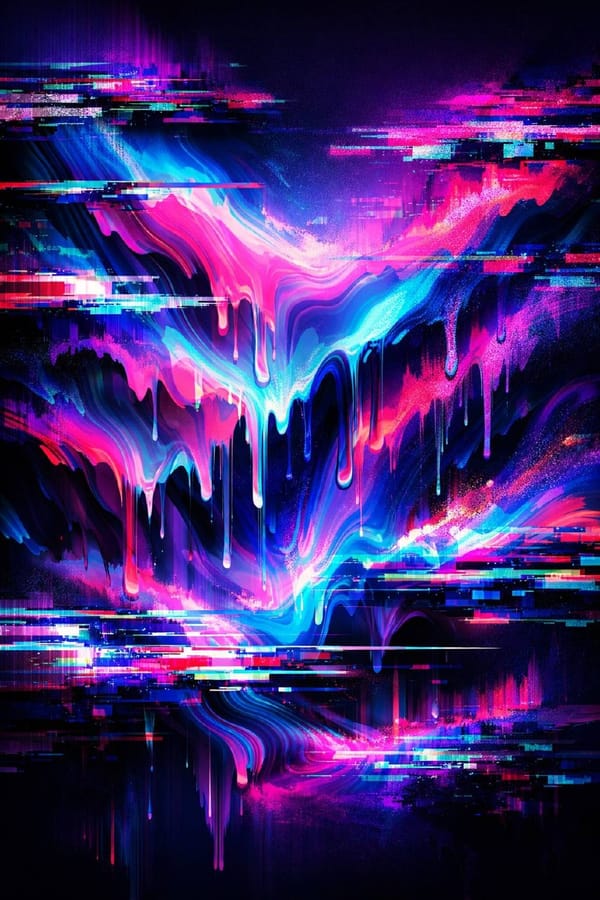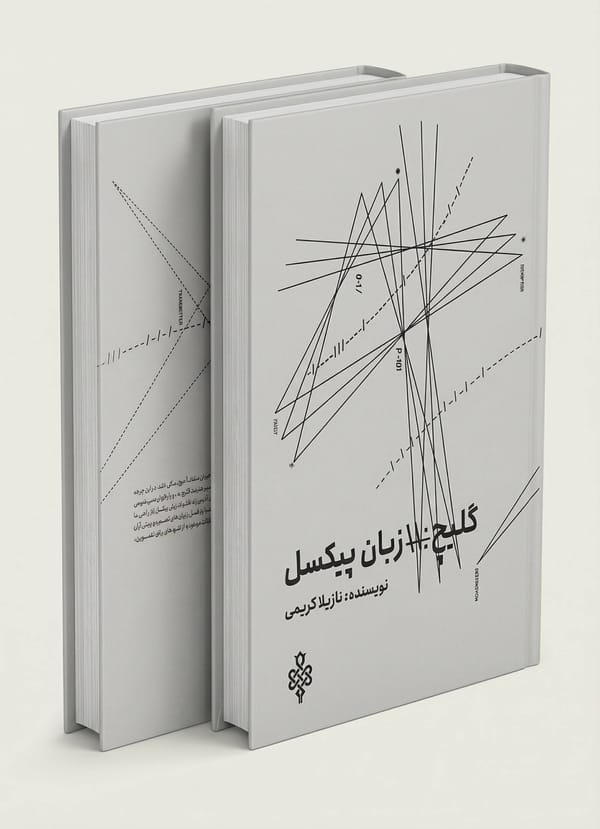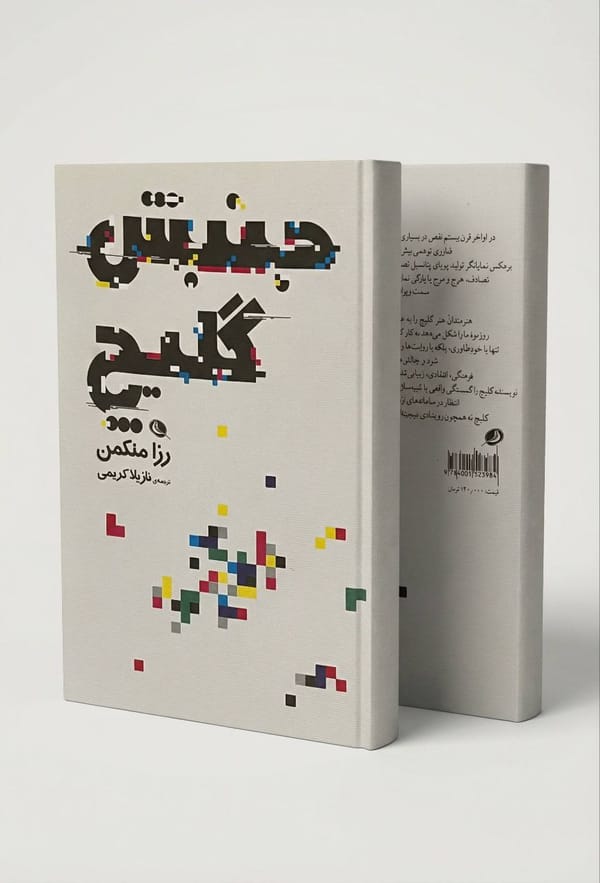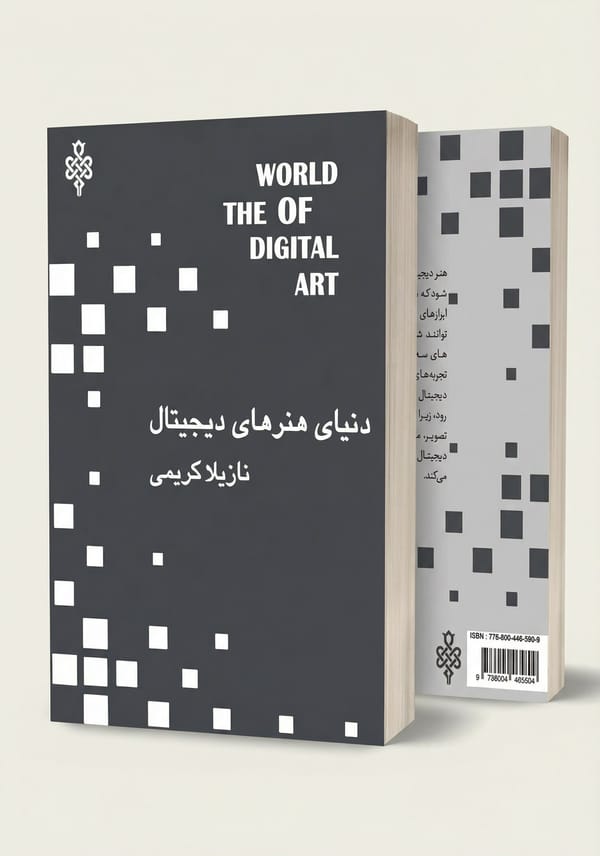Investigate how to use accident methodologies in connection with the art of Glitch
The purpose of this article is to explain the concept of "accident" in visual glitch art and to examine the methodological use ...

Abstract
The purpose of this article is to explain the concept of "accident" in visual glitch art and to examine the methodological use of accident in glitch art, in order to achieve better results in relation to glitch aesthetics. In this regard, in order to collect information, the library method was used using written sources and by referring to Persian and Latin books and articles, publications and reputable sites. Due to the fact that the subject of the research and consequently, the collected information is qualitative, therefore, a descriptive method was used to analyse the collected information. Glitch's aesthetic art and the concept of accident were first explained, and its various layers were presented for the text of this article. Then, after evaluating the researches of Iman Moradi, Rosa Menkman and Tim Barker, the points related to the relevant reference for classifying Glitch art methods and emphasizing the concept of accident were extracted as a compass. He then carefully studies the case study of Menkman’s work entitled "The collapse of the PEL" and shows the methodologies applied in Glitch's art to create an accident. Finally, accident stimulation strategies in Glitch art, which means understanding the core of the genre, evaluating its goals and virtues, and identifying Glitch as an irrational experimental driving force and opposed to using it as a logical tool for production.




